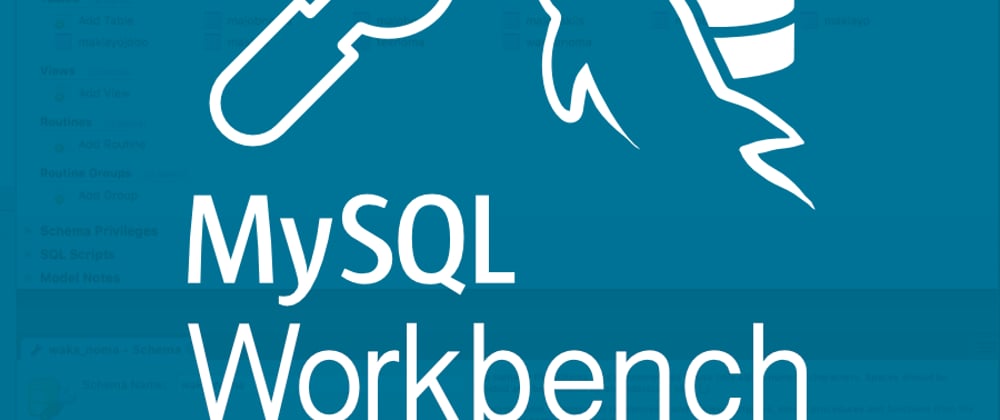Hello Devs, yet another one from me: obediently yours and this one is on how to install MySQL Workbench and my focus will be installing it on windows OS. So stay with me.
Databases have been around since ancient times and the way humans store data have evolved greatly since the advent of the internet (check a post I made on Introduction to Databases here.
MySQL Workbench is a graphical tool for working with MySQL servers and databases. MySQL Workbench functionality covers five main topics: SQL development, data modeling, server administration, data migration and MySQL Enterprise Support. Workbench is available in the Community edition (the one we are going to be installing) and in the Commercial edition. The community is free of charge while the commercial edition ships with additional features like MySQL firewall, MySQL Audit and access to MySQL Enterprise Backup.
Installation
MySQL workbench is available for Windows, Linux and macOS but I will be documenting the installation process on Windows specifically Windows 10 (which is the OS on my PC). So to download and install MySQL workbench, the first thing you have to do is to head over here and check the minimum requirements that have to be met for MySQL to run on your computer. Once on the requirement be sure to check the prerequisites for MySQL Workbench to run smoothly and download the pre required software which are:
- Microsoft .NET Framework 4.5.2 (Click Here to Download)
- Microsoft Visual C++ Redistributable for Visual Studio 2019 (Click Here to Download)
- Microsoft Windows 10 or Windows Server 2019. (Click Here to Download)
After installing the pre-required software you can move onto installing MySQL workbench. There are actually two ways to install Workbench: Installing using the MySQL Installer and Installing using the windows MSI Installer package. I will install using the first method which is the recommended approach because it handles all requirements and prerequisites, configurations and upgrades.
Installation Using MySQL Installer
Here are the steps for installation using MySQL Installer
- First thing to do is to download and install the MySQL Installer (you can download it here)
2- During execution of the MySQL Installer you may choose MySQL workbench as one of the products to install. It is selected by default, and essentially executes the standalone MSI Installer package described in the next section.
Installation Using the Windows MSI Installer Package
The standalone download is available here It is important to note that Workbench using Windows MSI Installer package requires either Administrator or Power user privileges.
MySQL Workbench can be installed using the Windows MSI Installer package. The MSI package bears the name mysql-workbench-community-version-winarch.msi, where version indicates the MySQL Workbench version number, and arch the build architecture (winx64).
To install work using this approach follow the steps below.
From an account with Administrator or Power User privileges, right-click the MSI file and select the Install item from the pop-up menu, or double-click the file.
In the Setup Type window you may choose a Complete or Custom installation. To use all features of MySQL Workbench choose the Complete option.
Unless you choose otherwise, MySQL Workbench is installed in C:\%PROGRAMFILES%\MySQL\MySQL Workbench 8.0 edition_type\, where %PROGRAMFILES% is the default directory for programs for your locale. The %PROGRAMFILES% directory is defined as C:\Program Files\ on most systems.
Thanks for reading and if you found it helpful, please like and share. Watch out for more posts on Databases and DBMS from my humble self. Connect with me on twitter @flaacko_flaacko








Top comments (1)
Nice article. Just wanted to share some tips too. recently I found a MySQL plugin for Visual Studio designed to automate and simplify MariaDB and MySQL database development and enhance data management capabilities. When you integrate it, all database development and administration tasks become available from the Visual Studio. devart.com/dbforge/mysql/fusion/